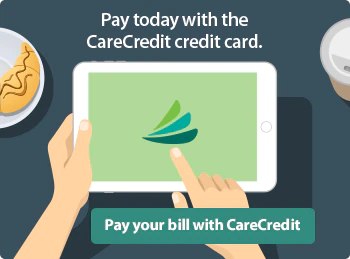NAD+ Therapy: Exploring Benefits, Precursors, and Administration Methods
Powering cellular processes and protecting DNA
Introduction

Benefits of NAD+ Therapy
NAD+ therapy has several benefits, including cognitive improvement, reversal of aging signs, prevention of age-induced diseases such as heart disease, diabetes, and cancer, and potentially increasing lifespan. NAD+ therapy triggers DNA repair processes, which slows down the aging process, helps maintain youthful skin and hair texture, and boosts cell energy production. It activates sirtuins, which regulate cell metabolism, prevent chronic inflammation, and boost immunity. Increased levels of NAD+ can increase lifespan and overall quality of life by improving mitochondrial function and energy production.
- Longevity
- Boost cognition
- Increase energy
- DNA repair
- Combat depression
- Athletic performance
NAD+ Precursors: Types and Sources
NAD+ precursors are substances that can be converted into NAD+ in the body, and they play a crucial role in maintaining healthy levels of the coenzyme. Common NAD+ precursors include niacin, nicotinamide riboside, tryptophan, pyridoxal 5′-phosphate, and nicotinamide mononucleotide (NMN). Niacin is found in foods like tuna and avocados, while NR occurs naturally in milk and yeast and is available as a supplement. Tryptophan is an amino acid found in proteins, and PLP is a form of vitamin B6 found in nuts, seeds, and whole grains. NMN is one of the most effective NAD+ precursors and is available as a supplement.
NAD+ precursors are available in small amounts in various foods, but taking supplements may be necessary to increase NAD+ levels. While these precursors offer numerous benefits, caution is advised when taking nicotinamide riboside with blood pressure medication. The effectiveness of tryptophan as a supplement requires further research, and PLP must be activated with magnesium before converting into NAD+. NMN is a primary precursor for NAD+ and is effective in clinical trials and animal studies, leading to a growing market for supplements.
Ways to Administer NAD+ Therapy
NAD+ therapy can be administered orally, through nasal spray, transdermal, or subcutaneously/intravenously through an injection or IV drip. Oral administration is preferred as it is safer, more affordable, and more comfortable for self-administration, but it is metabolized quickly. Nasal spray is recommended for individuals with severe health issues as it allows quicker access to brain cells and can be self-administered. Transdermal cream can also be applied to your skin for longevity effects especially around the face and via patches to be absorbed systematically.
SubQ and IV methods are better for immediate results as they deliver NAD+ directly into the bloodstream, but they are more expensive and have adverse side effects such as abdominal pain, brain fog, bruising, cramping, diarrhea, fatigue, headaches, nausea, and redness or swelling at the injection site. While safe when administered by medical professionals, patients should be aware of the side effects.
Is NAD+ Therapy Right For Me?
When considering NAD+ therapy, it is crucial that you first consult with a healthcare professional. A doctor can advise whether or not NAD+ therapy is the right course of action for your particular needs and health condition.
After consulting with a doctor, it is essential to research different types of NAD+ therapy and what will work best for you. Other clinics and practitioners offer various treatments, so it is important to find a reputable provider specializing in this treatment. It is also helpful to look into what other people have experienced when using NAD+ therapy and if any reviews are available.
Finally, we recommend you consider the potential side effects of research associated with NAD+ therapy. While most reported side effects are mild and temporary, such as headache, fatigue, nausea, dizziness, muscle cramps, and joint pain, there are still risks associated with this type of treatment, and take the appropriate caution. Before beginning any treatment plan, it is always best to speak to a healthcare professional.





